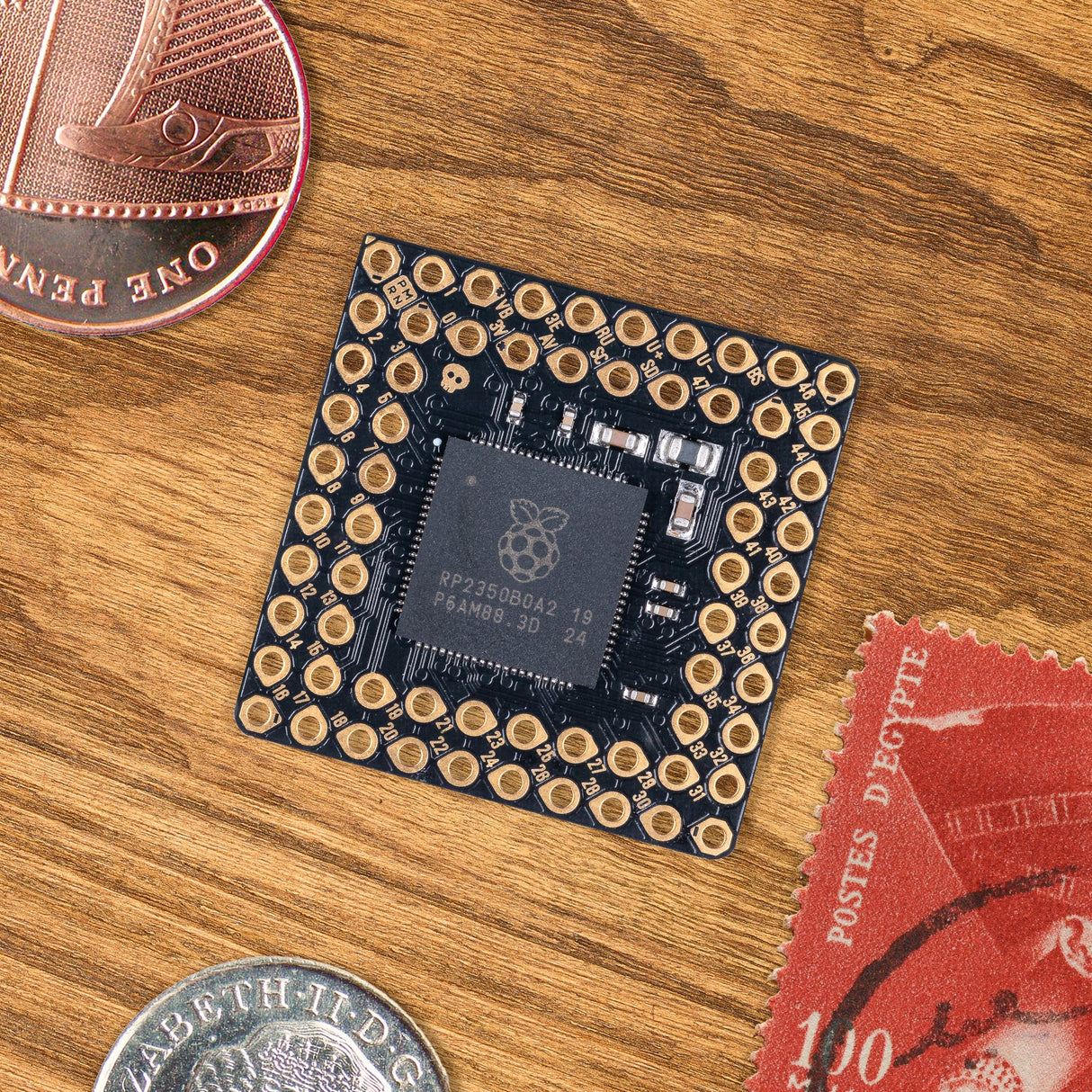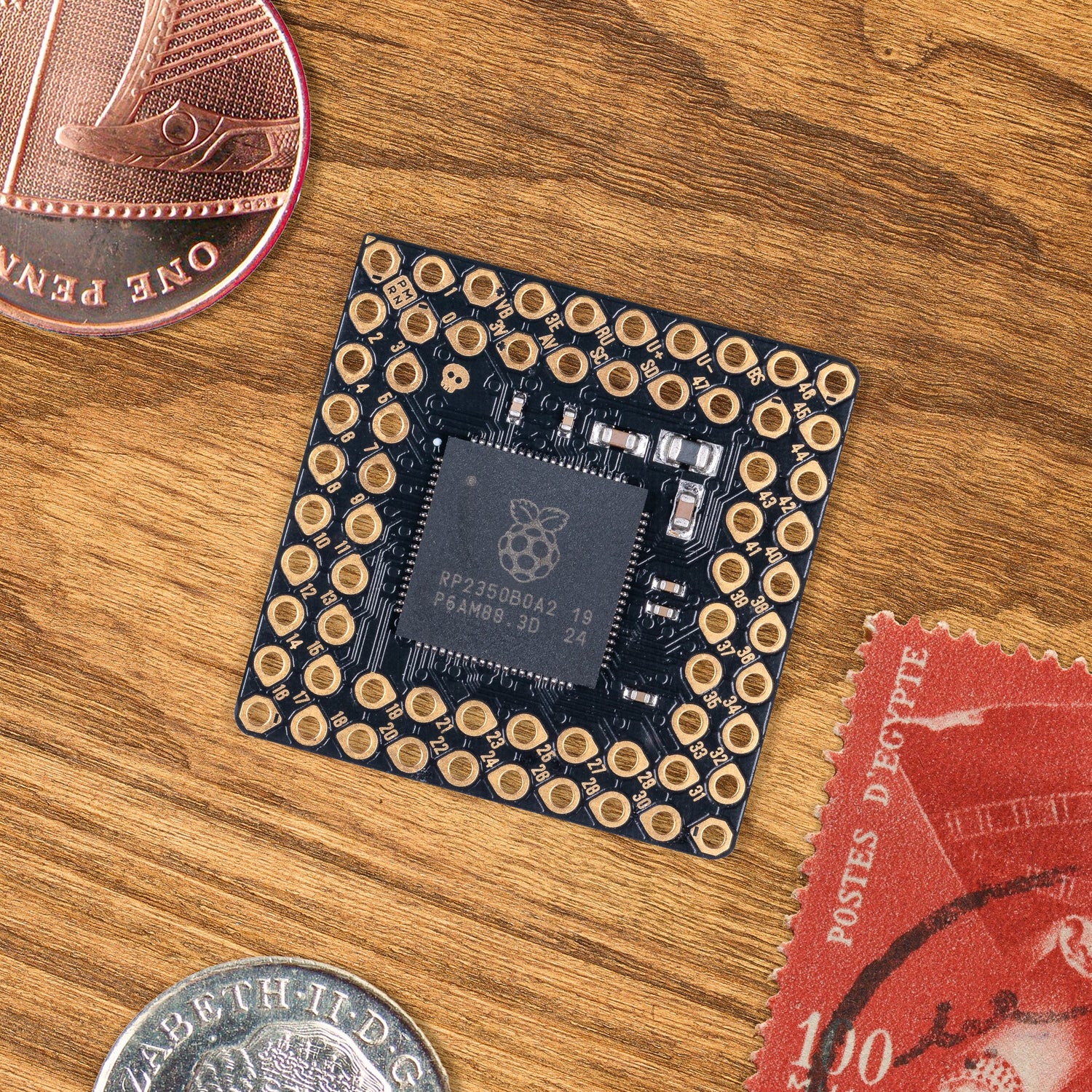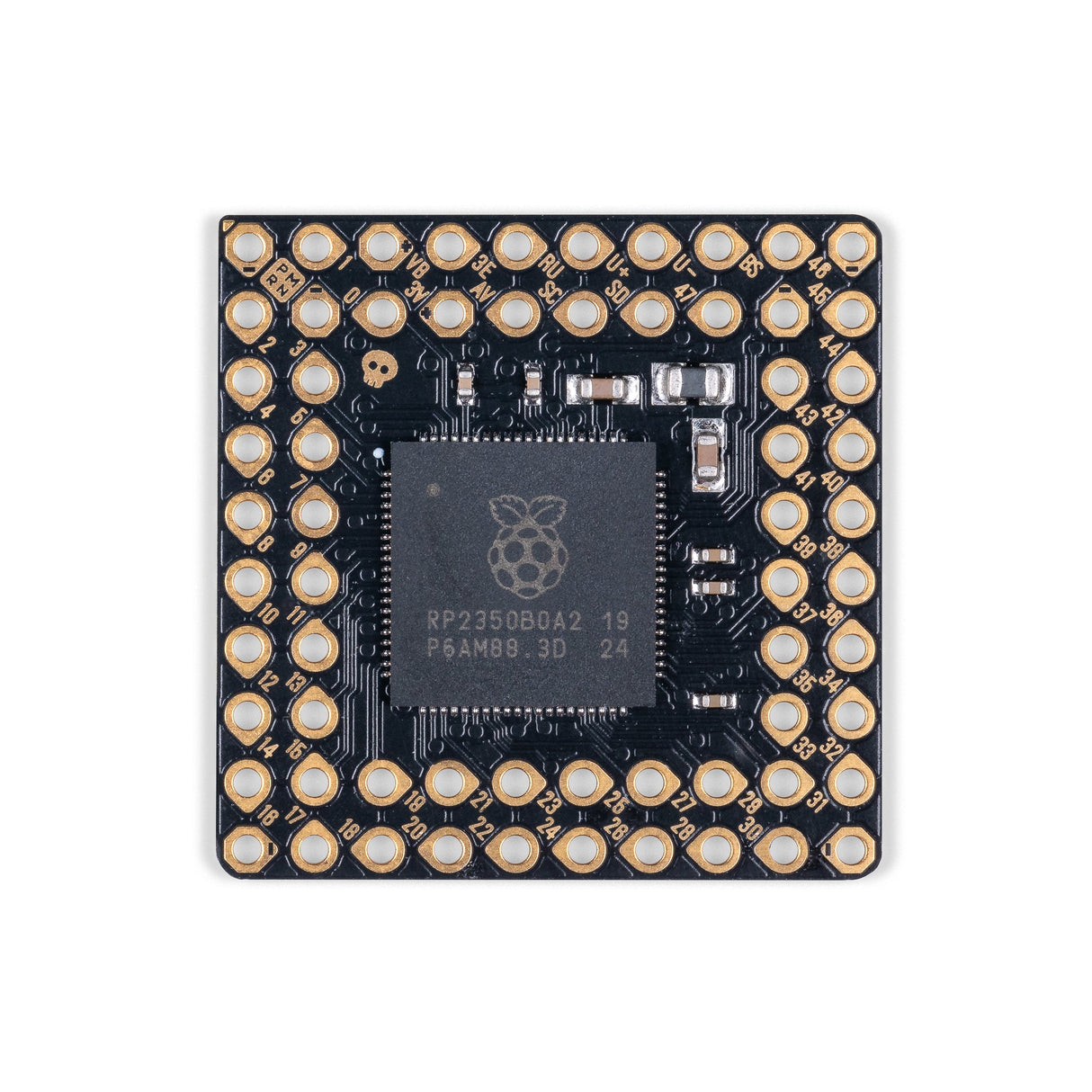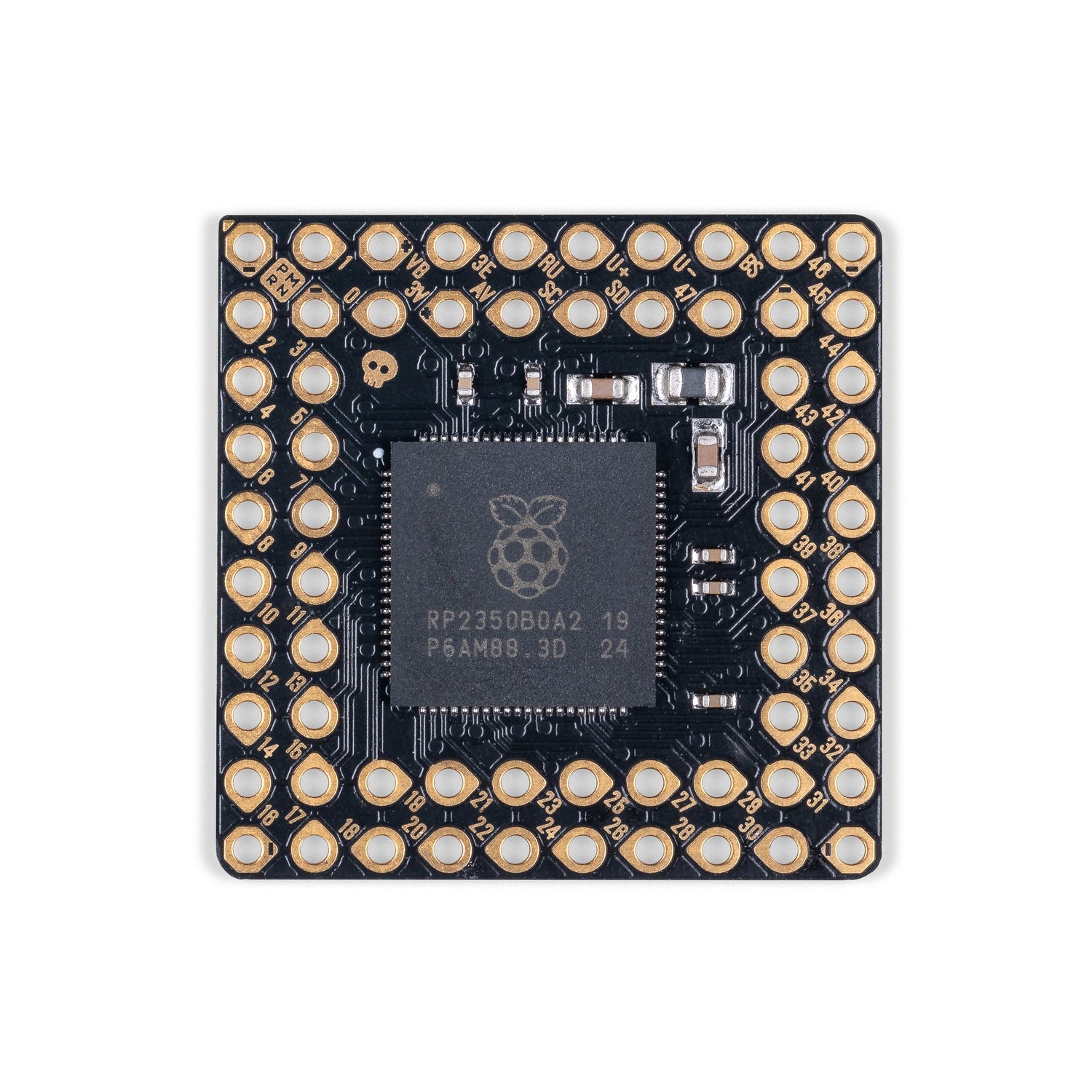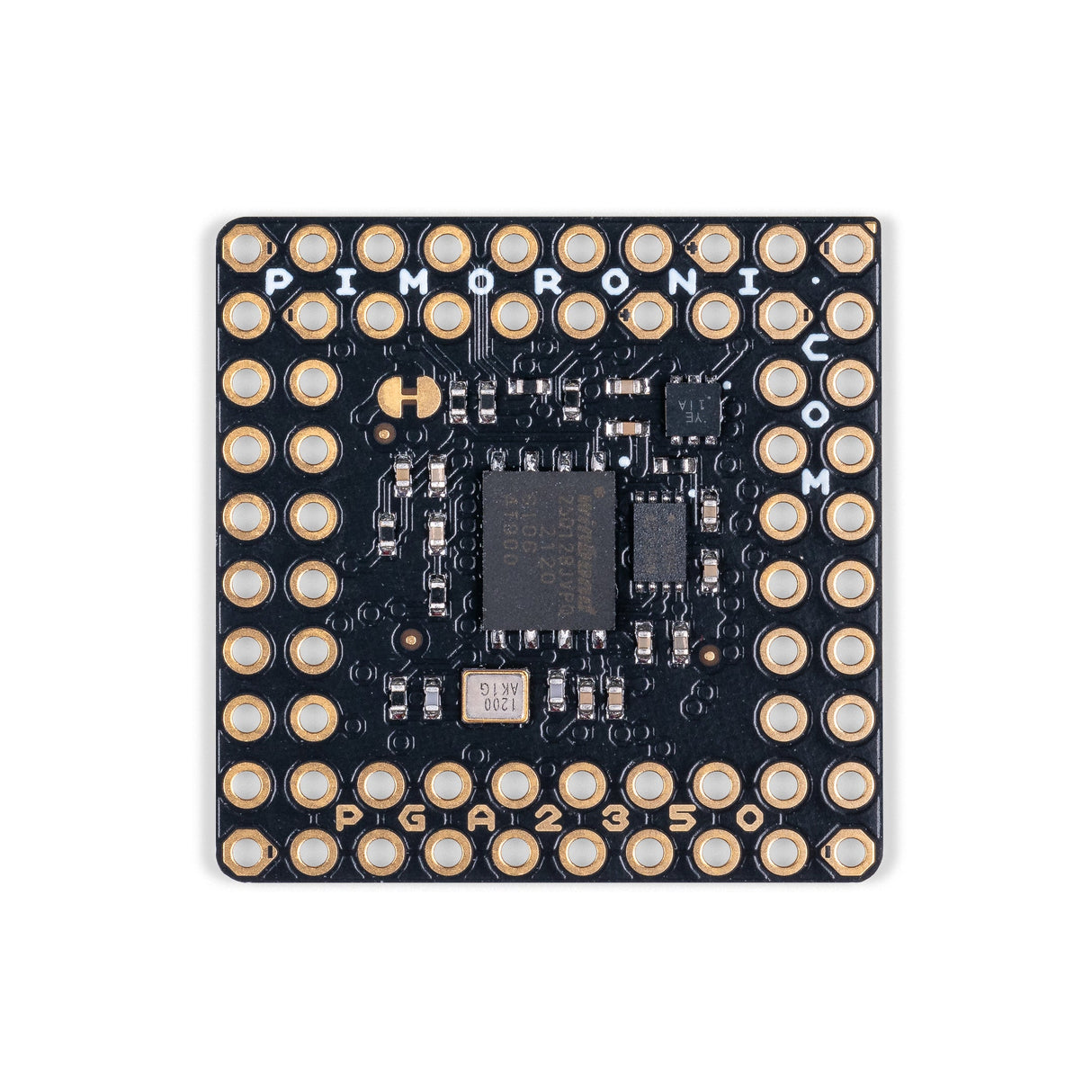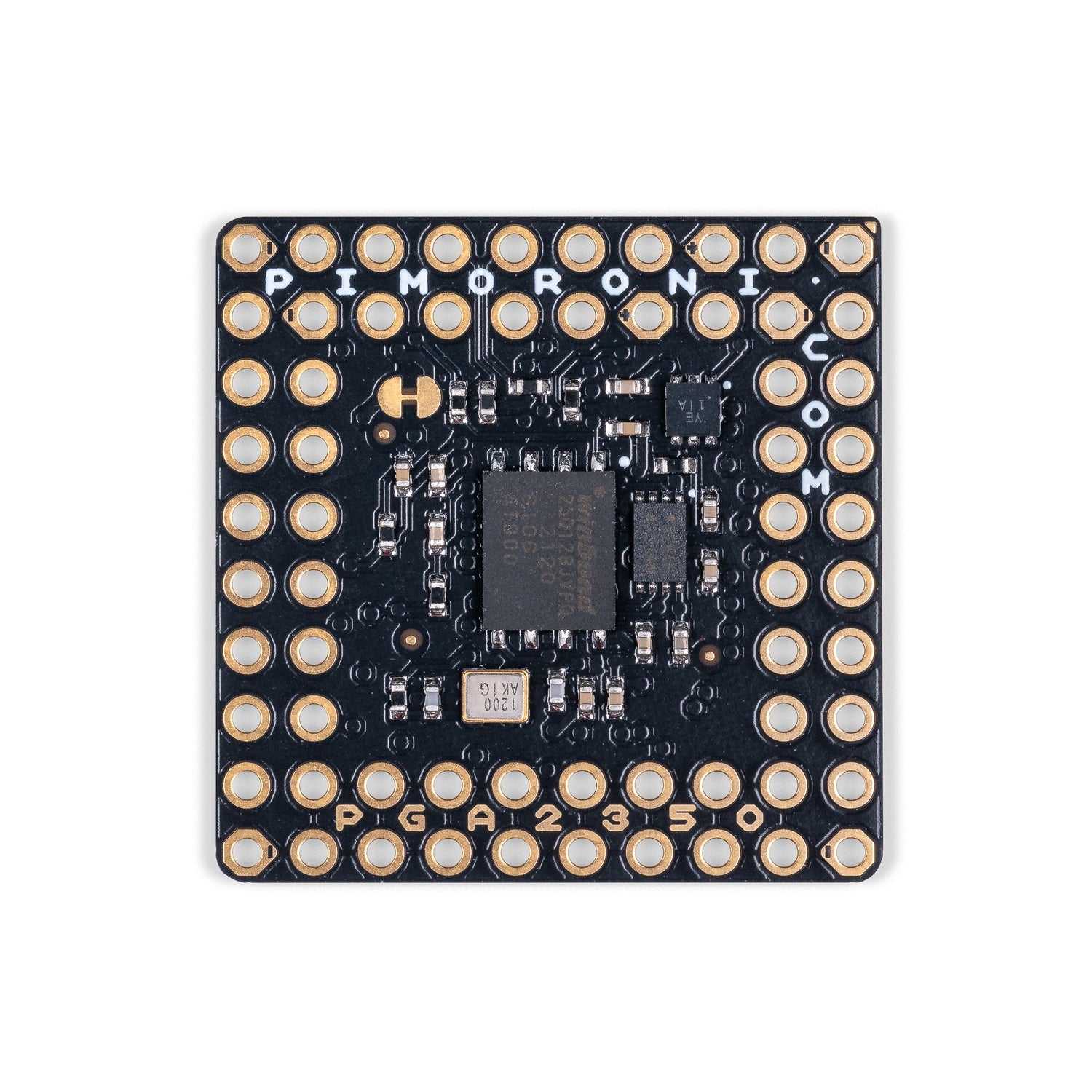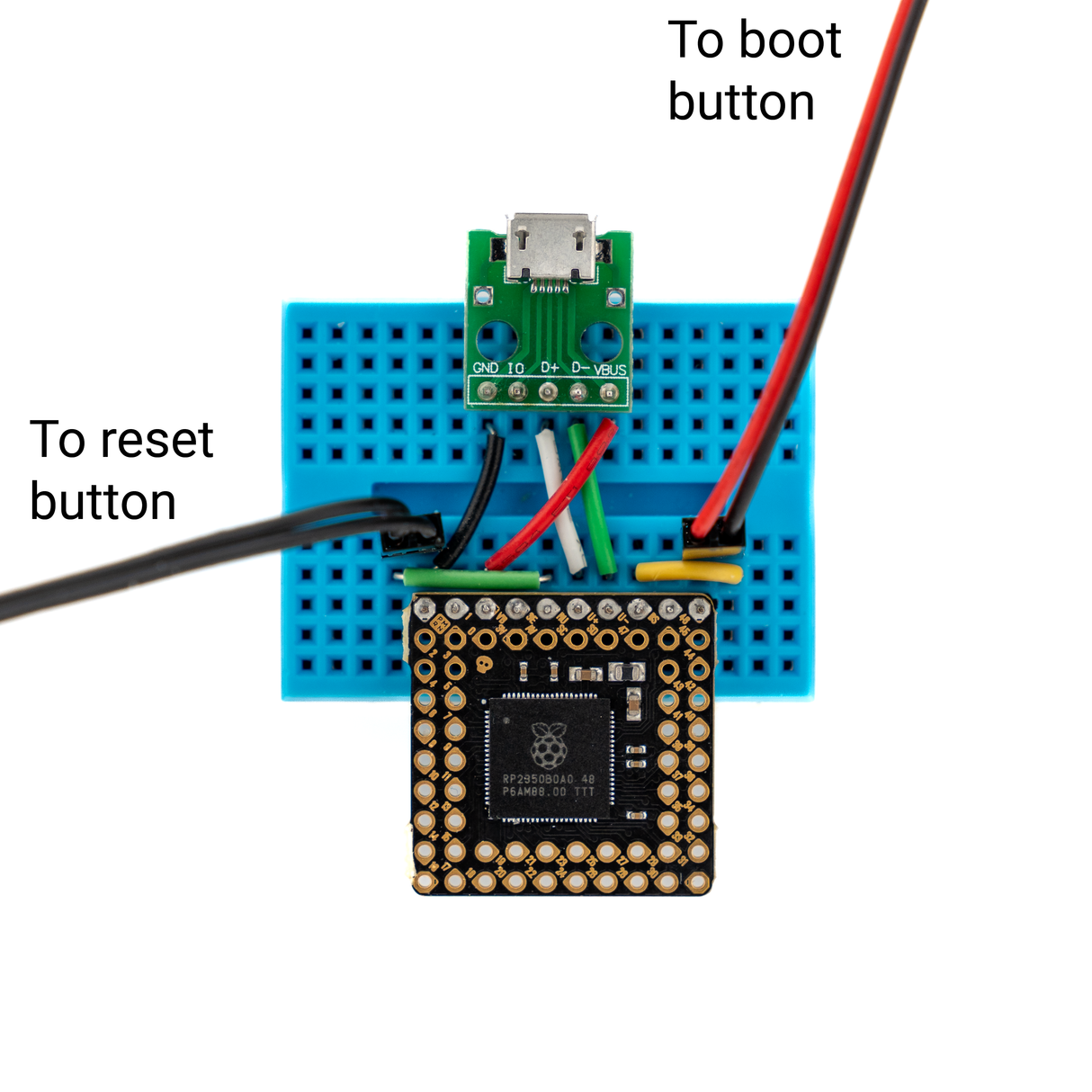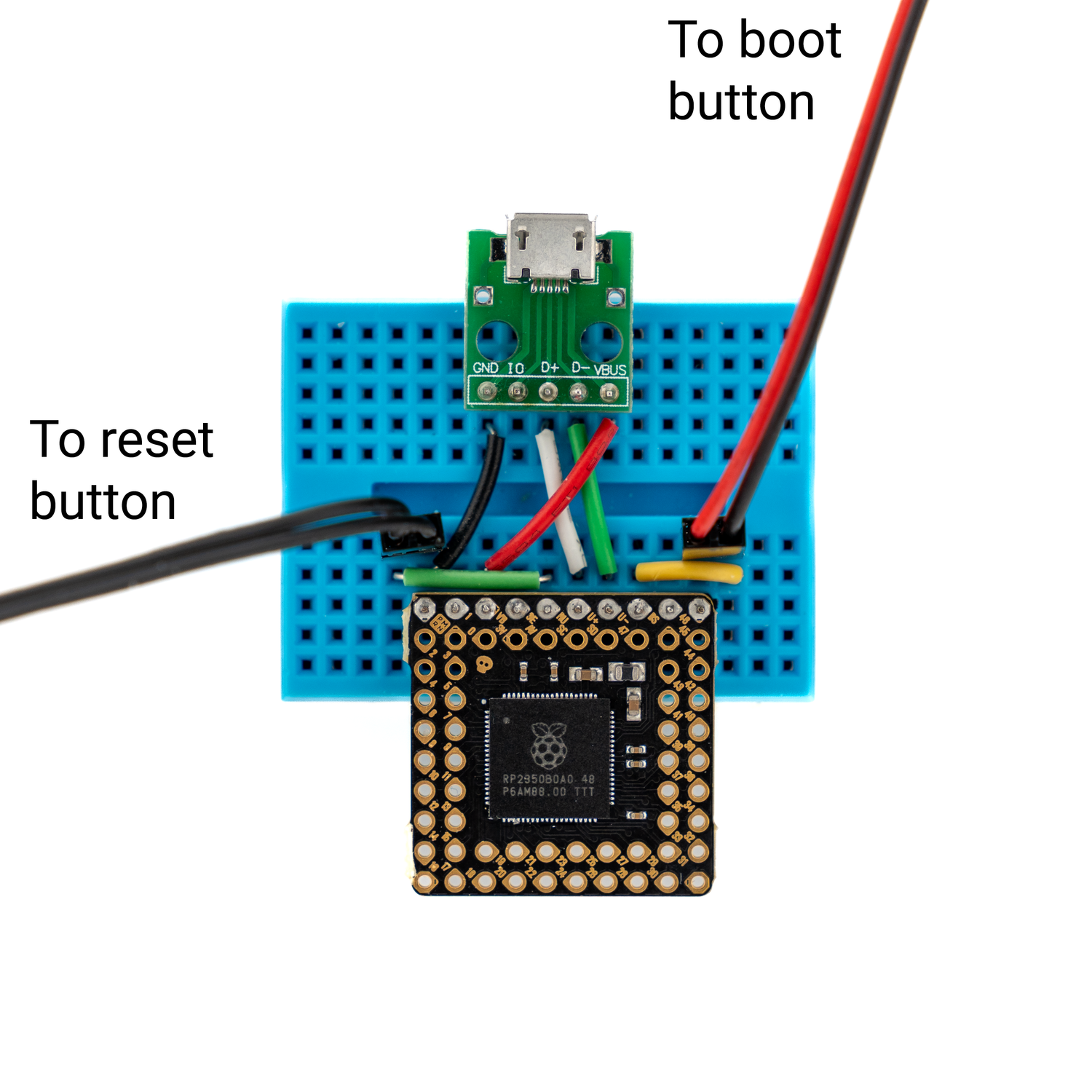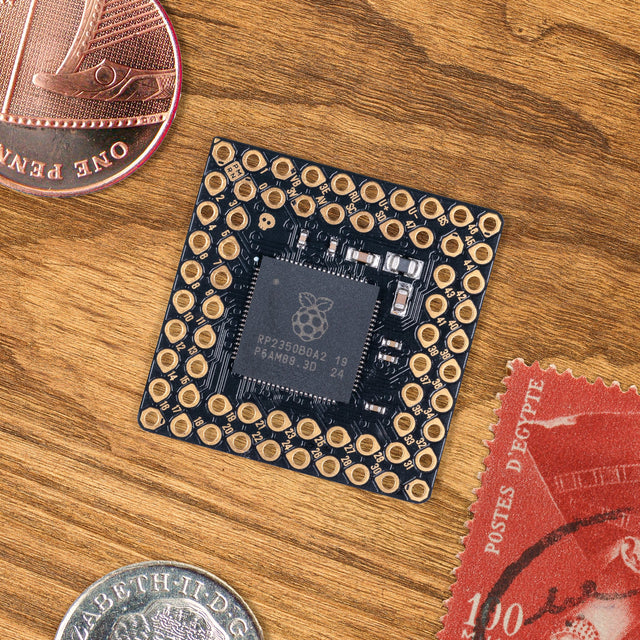PGA2350
PGA2350 is backordered and will ship as soon as it is back in stock.
Couldn't load pickup availability

Call us on 1300 240 817 between 10 AM and 4 PM on weekdays or email team@littlebird.com.au .
The Fastest Shipping
The Fastest Shipping
We ship faster because we built our own shipping 🤖 robot.
Pi Australia is operated by Little Bird, and we go to great lengths to ship your orders, often within minutes.
You can view shipping options and pricing at checkout without logging in.
For orders over 500g (such as bulky items), shipping may cost more than the initial estimate.
We deliver across Australia, and here are the options (based on your location; view them on the cart page):
- Standard Post: Starting at $7 (6+ business days, with tracking)
- Express Post: Starting at $11 (2+ business days, with tracking)
- Same Day Delivery: Available for Sydney orders.
- Non-metro WA, NT, SA, and TAS: May take an additional 2+ days.

- Powered by RP2350B (Dual Arm Cortex M33 running at up to 150MHz with 520KB of SRAM)
- 16MB of QSPI flash supporting XiP
- 8MB PSRAM (CS wired to GP47 via cuttable trace)
- Crystal oscillator
- On-board 3V3 regulator (max regulator current output 300mA)
- 64 pins, arranged with 2.54mm (0.1") spacing in a Pin Grid Array
- 48 multi-function General Purpose IO (8 can be used for ADC)
- 6 GND pins
- Input voltage range 3V - 5.5V (on VB pin only)
- Measurements: approx 25.4mm x 25.4mm x 3.6mm (L x W x H)
- Programmable with C/C++ or MicroPython
- Download a printable PDF version
- Schematic (coming soon)
- To program PGA2350 via USB you will need to hook wires up to VB, GND, U+ and U-. Make sure that the 5v only goes to VB on PGA2350, if it ends up elsewhere it will result in a bad time. A USB breakout board is a convenient way of getting at the wires in your USB cable.
- To get into BOOTSEL mode so you can flash firmware to your PGA2350, connect the BS pin to ground with a convenient bit of metal whilst plugging the USB into your computer.
Payment & Security
Payment methods
Your payment information is processed securely. We do not store credit card details nor have access to your credit card information.
